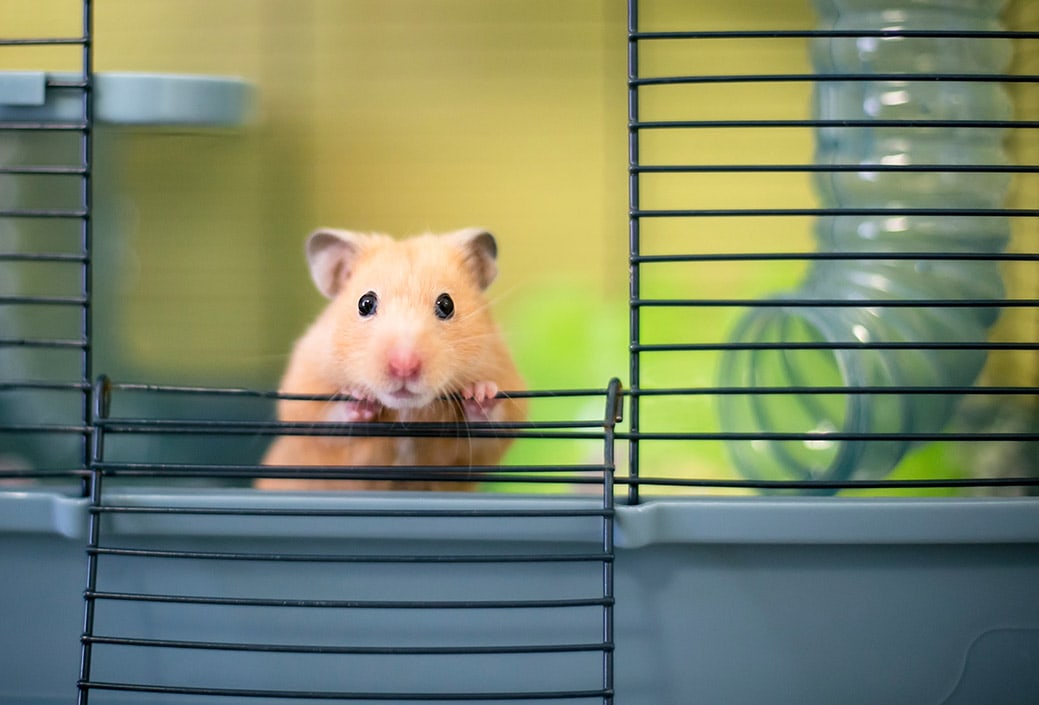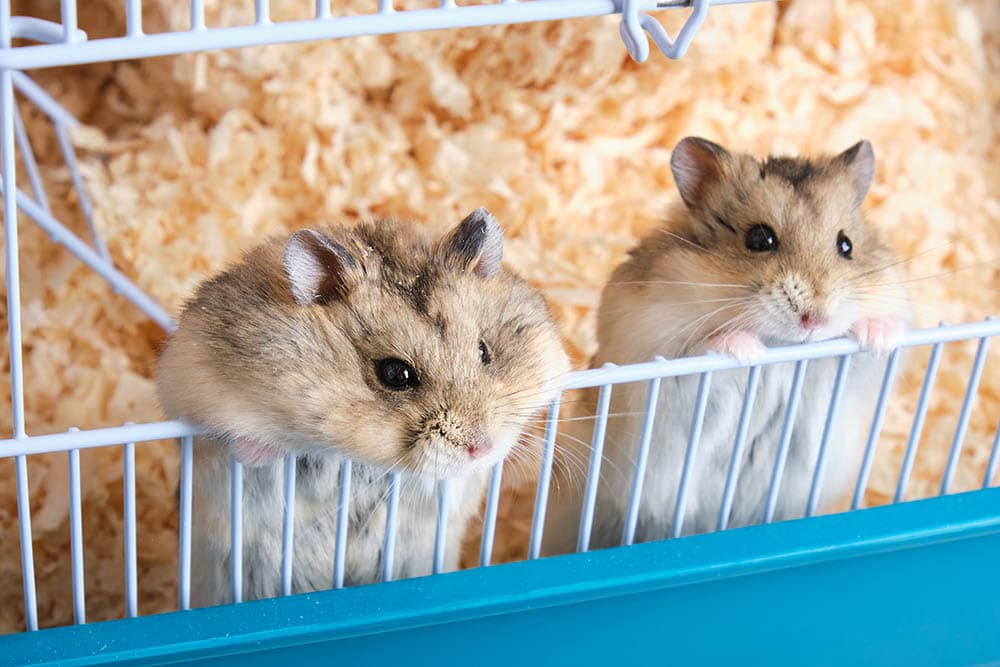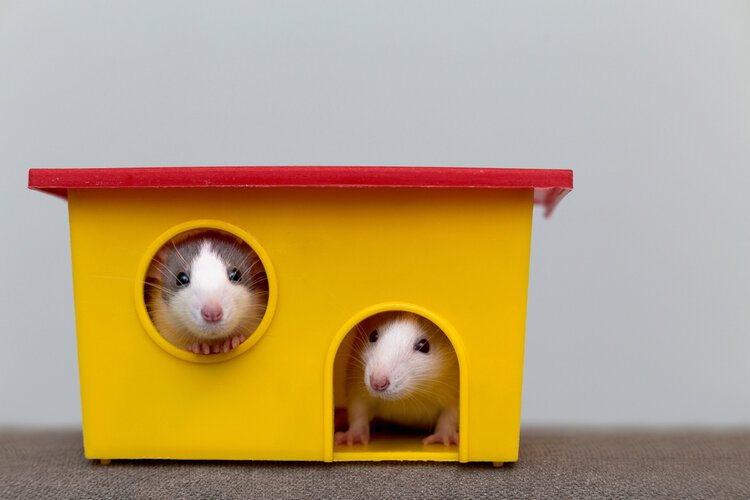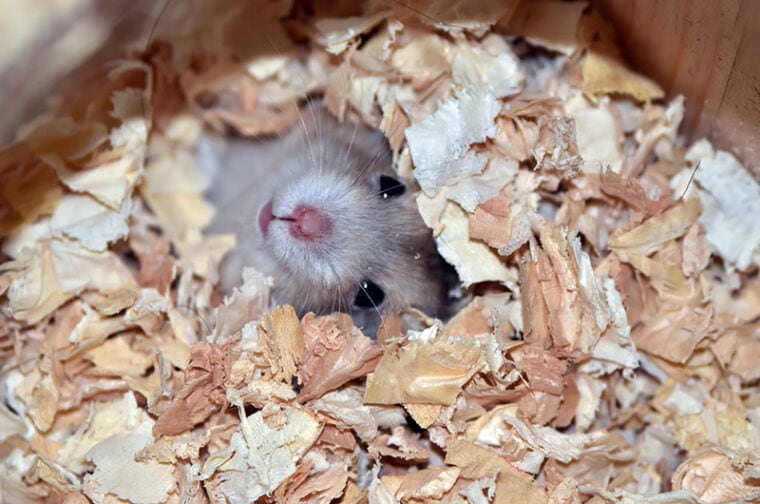
Hamsters are cute little pets that can be affectionate and are fun to watch and interact with. They are considered a good first pet, and many owners go on to keep hamsters their whole lives because they are enjoyable little animals. One habit that raises some questions, especially from new owners, is burrowing.
Hamsters do naturally burrow, and allowing pet hamsters enough cage and substrate depth to burrow is considered beneficial for their welfare. In the wild, they would create a labyrinth of tunnels and even caves, where they can sleep in warmth and away from potential predators. Many hamsters retain this burrowing nature even in the safety and confines of an indoor cage.
Read on to learn more about hamsters and burrowing.
Do All Hamsters Burrow?
Depending on the species, hamsters are native to parts of Europe, Asia, and the Middle East. They live in a range of different habitats from the deserts of Syria to the forests of Eastern Europe. Although there are two dozen species of hamster recognized around the world, all burrow as a means of building somewhere safe to live. Although some species, like the Djungarian hamster, are more likely to steal the burrow of another animal, they may still burrow to expand or to alter the layout of the burrow they live in.
Unfortunately, today, most wild hamsters are considered either extinct or close to the point of extinction. Five species are commonly kept as pets, and the vast majority of hamsters in the world are captive-bred hamsters that are kept for the pet trade, with some also being bred solely for scientific research.
Pet hamsters may indeed burrow if afforded the opportunity and substrate to do so. While it is common for hamsters to burrow, it isn’t a cause for concern if a hamster doesn’t burrow. Most hamsters will begin burrowing only when they find their substrate is deep enough, at a depth of about 40 centimeters or more (around 16 inches).
If you notice that your hamster does enjoy burrowing, you can set up their enclosure in such a way as to facilitate this natural activity. This promotes their welfare as pets 1. You can set up a separate area of the cage especially for burrowing and add deep bedding in this area. If you simply put more bedding in an unpartitioned cage, it will get spread out across the entire enclosure which is messy and won’t give much extra depth to dig.

Other Common Hamster Habits
Hamsters are natural burrowers, and they have other habits that they sometimes display.
Why Doesn’t My Hamster Burrow?
There are several reasons a hamster might not burrow. The main reason a hamster doesn’t burrow is because their substrate isn’t deep enough. They only burrow once they feel like there’s enough depth to make a burrow.
In addition, hamsters may also have trouble working on a burrow if they are injured or ill. In particular, injuries involving their feet may not allow them to dig comfortably. Your hamster may also refuse to construct burrows if they are too hot or too cold.
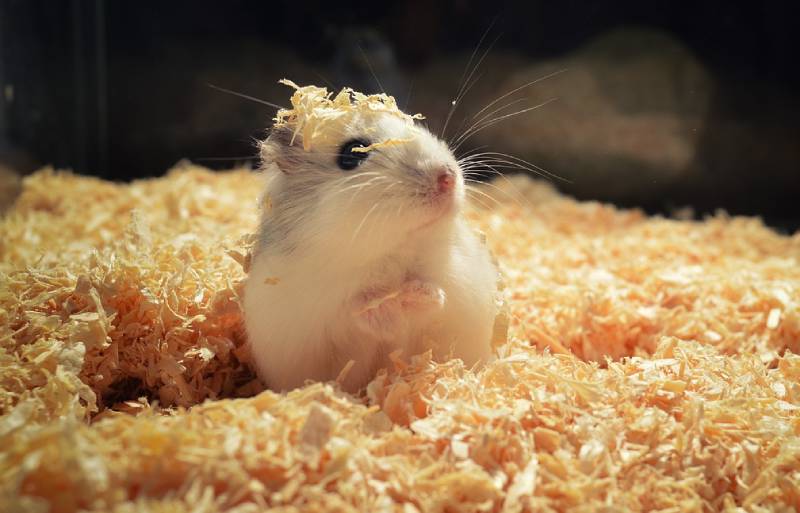
Burrowing & the Importance of Bedding
Because burrowing is such an instinctive behavior for hamsters, ensuring your pet has the correct substrate is very important for their health as they burrow. Your hamster’s bedding or substrate should be clean, non-toxic, absorbent, and dust-free. Other options include shredded pepper (ink-free), plain white facial tissues, and unprinted paper towels.
You should not offer your hamster cedar or fresh fine as their substrate or bedding, as these pose toxicity risks for your pet. Cotton balls are also unsafe, as they can easily snag onto their toenails. Finally, newspapers and printed paper are not safe for hamsters, as the ink on these items can be toxic for your pet.
Conclusion
Hamsters are small, cute pets. They are fun to watch, although are more active at night, and one of the activities that some owners love to watch is a hamster burrowing down into their bedding to create tunnels.
Allowing your pet to burrow is considered good for their welfare, as it allows them to express natural behavior, which is an important aspect of animal welfare. However, you should ensure that your hamster’s bedding is safe for them so that they may burrow without being exposed to potential health risks or injury.
Featured Image Credit: Werner Sigg, Shutterstock




